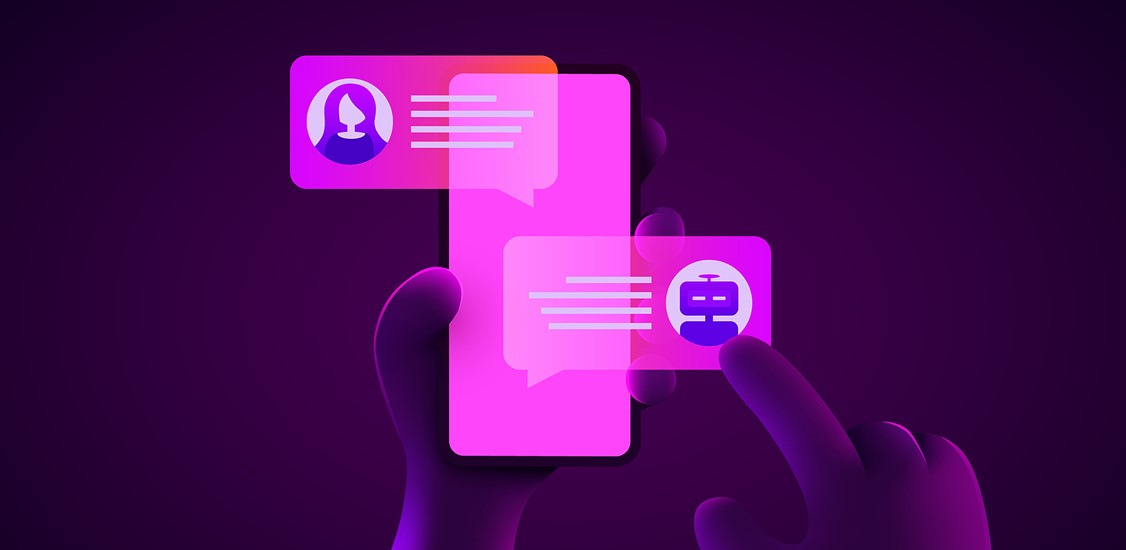When ChatGPT was first released, many users were greeted with the message, "Sorry! We're at capacity." This experience was not unique; millions of users encountered the same roadblock as OpenAI's servers strained under the weight of the surging demand to access the platform.
The rapid advancement of AI algorithms is driving tremendous growth, so much so that the market size is projected to increase by at least 120% year-over-year. However, this growth is outpacing the development of our network infrastructure. For many AI applications to make smarter decisions than people can, they are dependent on a vast amount of data points being accessible. To achieve AI's full potential, we need significant network capacity to deliver this data at the necessary speeds. But the current network infrastructure is not yet ready. This is a major challenge that must be addressed if we want AI to reach its full potential.
Luckily, there’s good news. There's already a technology revolution taking place to maximize our networks.
The AI neural network
All forms of intelligence have their limitations. For instance, the human brain can only handle tasks that its neural networks are able to handle. On the other hand, AI takes advantage of modern computing infrastructure, so there is almost no limit to its ability to store and process information.
While fabricated intelligence has many advantages, humans still have an added edge: the ability to process information in real-time, something AI needs extensive training to accomplish. Humans process information as they’re receiving it whereas AI can take anywhere from seconds to minutes to process a query.
When thinking about it from a technological standpoint, humans have a high Input/Output (I/O) capacity, as we are constantly receiving a vast amount of sensory information. AI, on the other hand, has a learning capability and needs to be fed information to learn and process it. Although its neural networks work similarly to the human brain, the I/O capacity of AI is different.
Scaling up AI and networks
To meet the high expectations of consumers and match human intelligence, AI technology will need to scale. This requires networked computing and storage resources in data centers and AI clouds, where for some applications the I/O capacity is not likely to be stressed.
For AI to also compete with other human abilities, it must work in real-time to perform essential tasks that could be life changing. Some examples include predicting and tracking the next pandemic by collecting information from global virology reports, detecting earthquakes before they happen by analyzing seismic activities and patterns over time, and alerting customers of potential product issues with live data and offering solutions.
Although these capabilities are theoretical, to achieve these kinds of helpful use cases, AI needs to scale greatly, and so do our networks. Before AI, networks weren't built to process as much information, and it was not part of the initial vision. Today, it is crucial to have enough capacity at the edge of the network to support the potential that AI has. The network edge needs to match the computing power of the core for optimal performance.
Solution: disaggregated networks
We know that our networks aren't fully equipped to handle the capabilities of AI. To utilize AI's computing power, networks must be able to adapt and keep up. This requires scaling in both mobile and broadband networks to reach individuals at the edge. Scaling up these networks is necessary for success in more complex AI tasks.
One solution to this is network disaggregation. By implementing bare-metal switches into telecommunications systems and utilizing software to manage hardware from different vendors, networks can access higher levels of capacity and faster speeds for individuals and devices at the network edge. Only then will mobile and broadband networks be able to match the core’s computing power. This is crucial in achieving the ambitious goals of AI systems.
Heed warnings, move forward
We frequently see experts warning against the dangers of AI, but the potential for positive change outweighs some of the more negative connotations. This kind of life-changing technology shouldn’t be kept in the dark, we should bring it into the light.
To reach this full potential, it is crucial to have a proper understanding of AI systems and operate them correctly. This should be a top priority. Not expanding network capacity and ability would be detrimental to the success of AI. Disaggregating networks is necessary for unlocking the full potential of AI. Presently, AI systems are limited in what they can accomplish.
While AI has a promising future, new platforms and capabilities are being introduced daily. It is important to consider when the current network infrastructure will reach its limit and when it is time to make improvements. The time to start and get ahead is now.






















